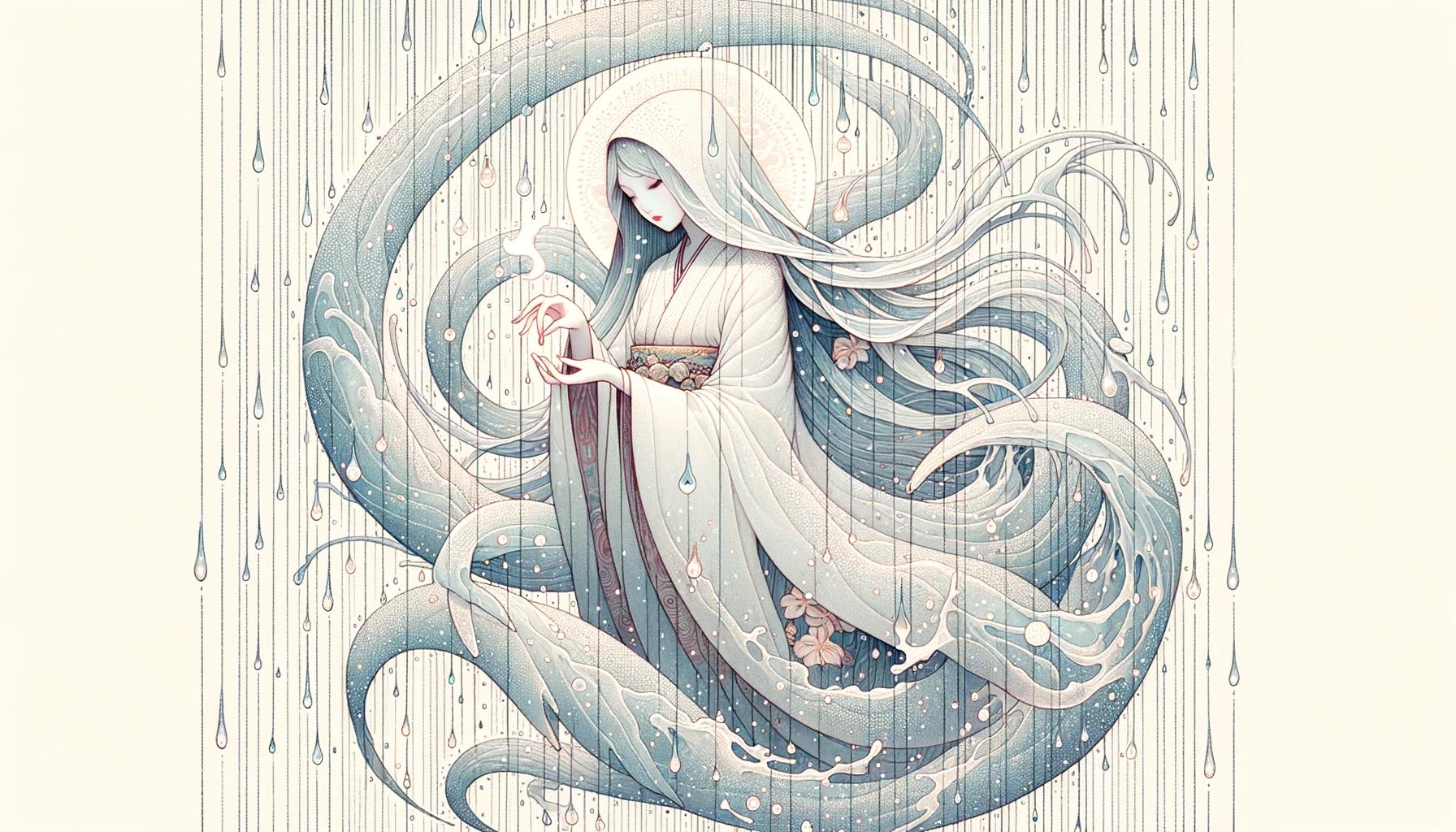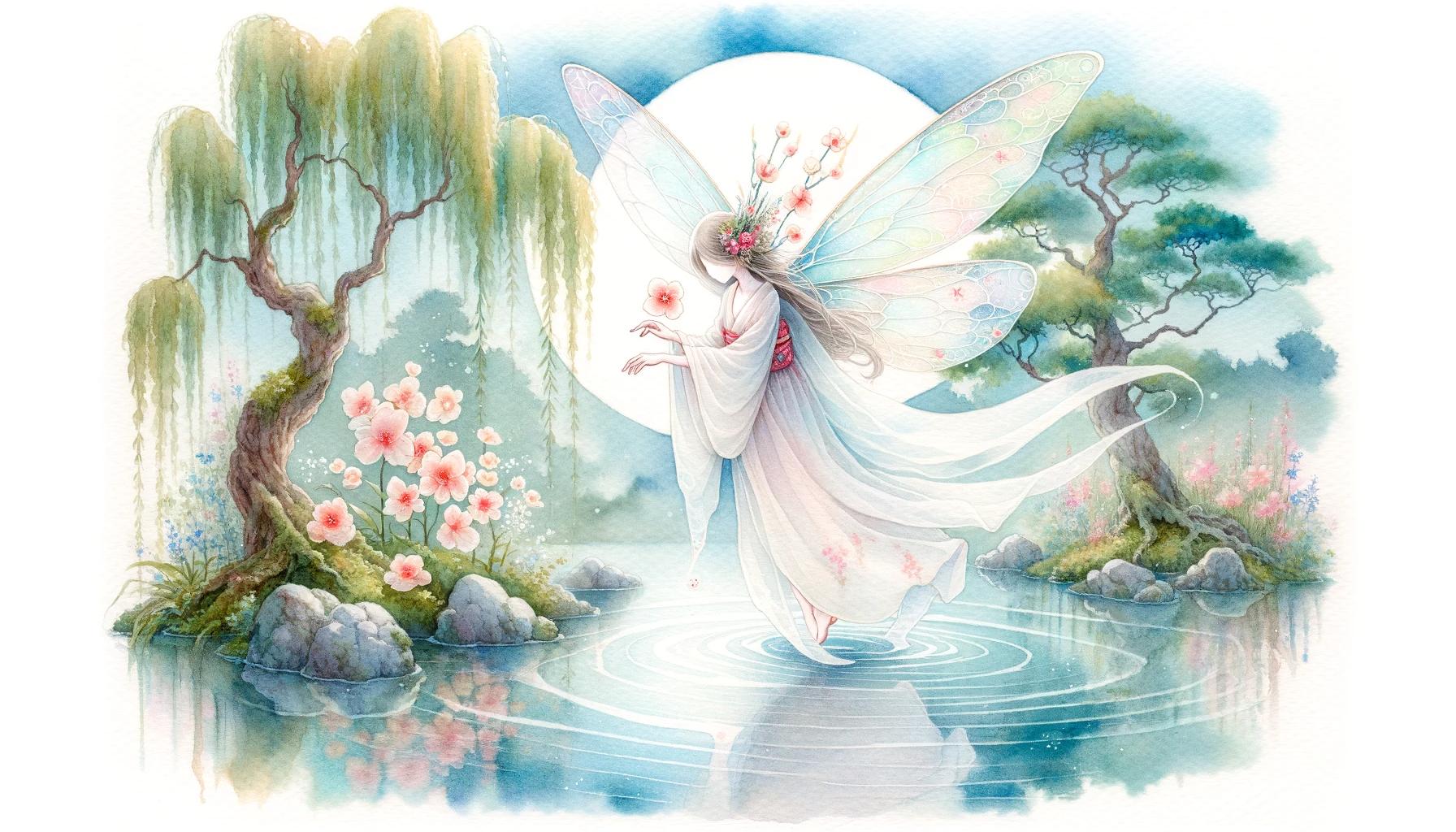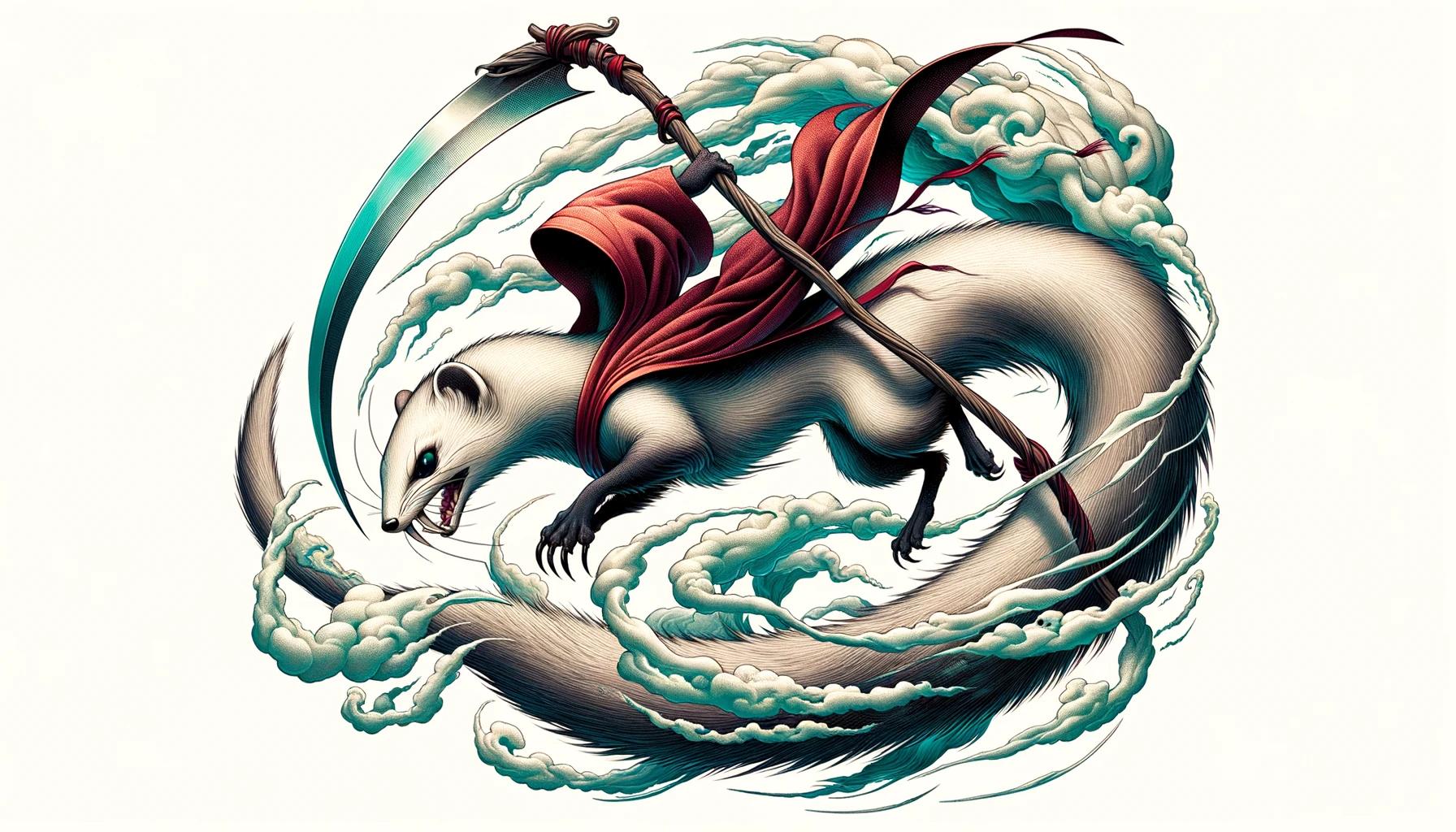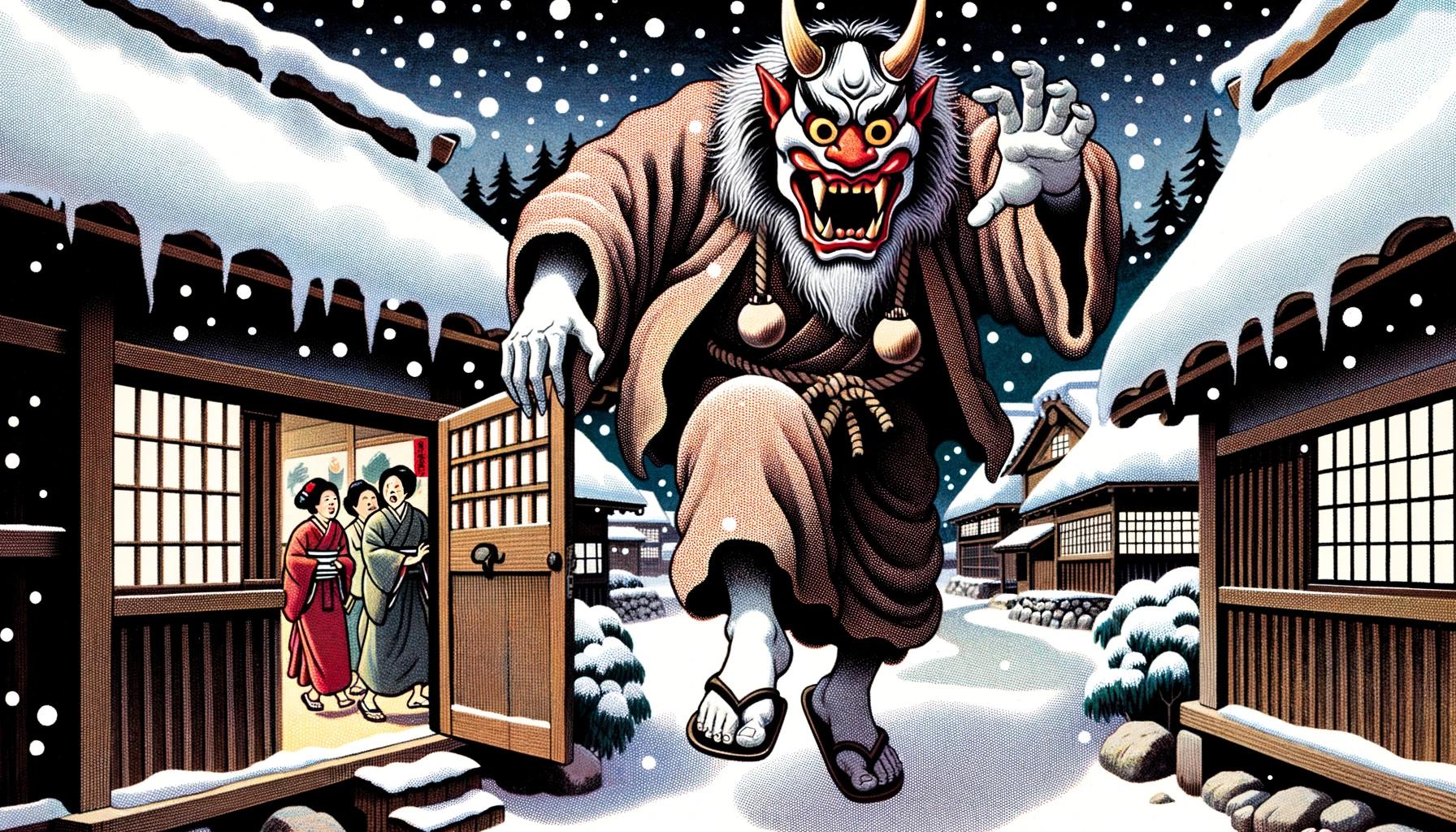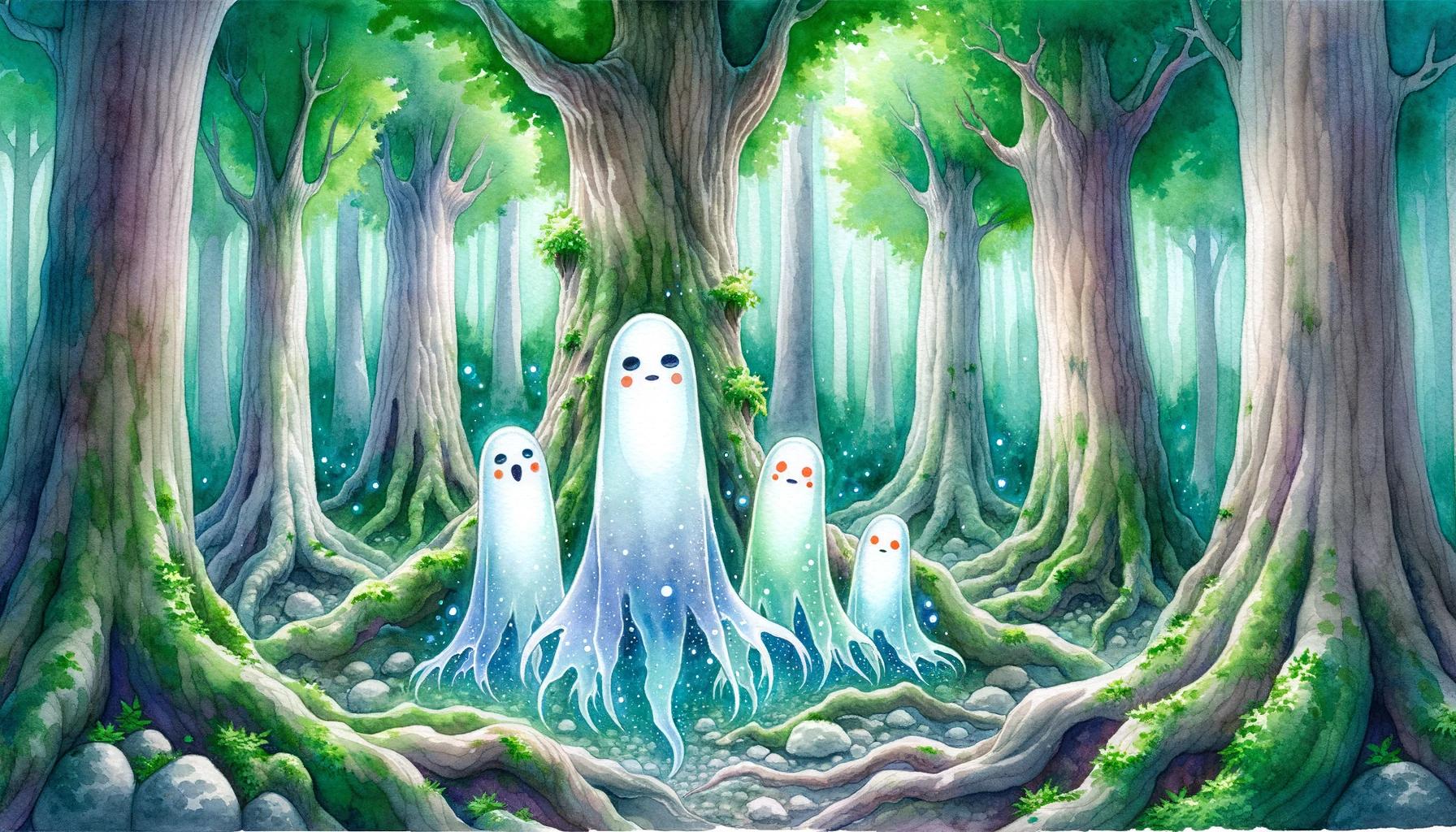What is a Nekomata Yokai: Exploring the Powerful Mythical Creatures of Japan
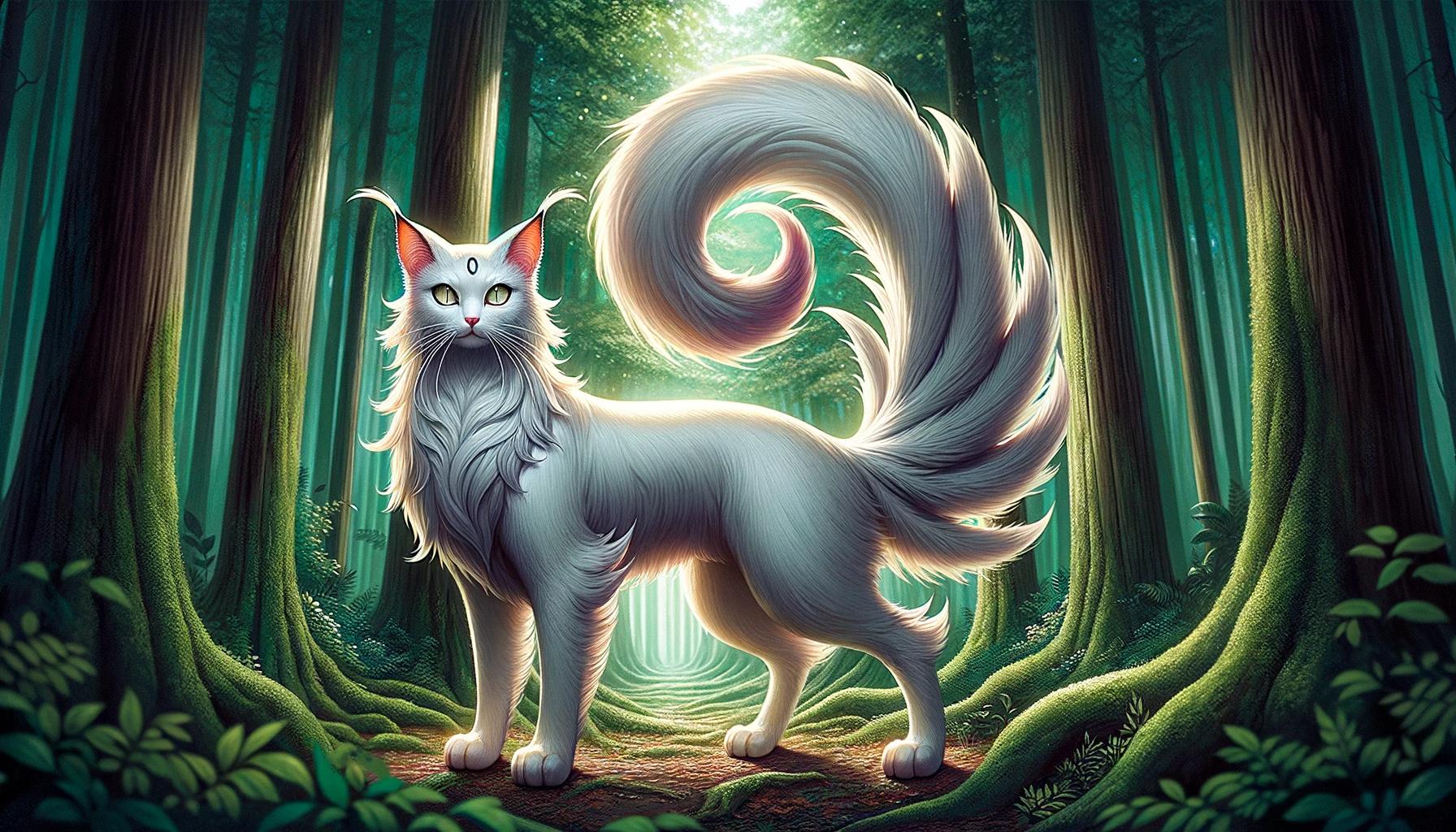
The Nekomata yokai is a fascinating creature from Japanese mythology. Known as a type of yokai or monster, Nekomata have both mountain-dwelling and domestic cat forms. These mythical beings are described as mountain beasts with cat-like eyes and a large dog-like body.
Legends speak of Nekomata’s ability to consume humans and even transform into humans themselves. Possessing powers of necromancy, they are said to control the dead through ritual dances. In this article, we will explore the origins, transformations, and powers of Nekomata, as well as their distinguishing traits from the bakeneko yokai.
The Nekomata Yokai: Exploring its Origins and Legends
In the realm of Japanese mythology, the Nekomata yokai holds a significant place. This enigmatic creature captivates the imagination with its unique characteristics and intriguing folklore. Let’s delve into the rich history and legends surrounding the Nekomata, starting with ancient folklore and its portrayal in Japanese mythology.
Ancient Folklore: Nekomata in Japanese Mythology
The origins of the Nekomata can be traced back to ancient Japanese folklore. It is believed to be a type of yokai, a supernatural being often depicted as a monstrous creature.
These ancient tales describe the Nekomata as creatures with feline traits, possessing cat-like eyes and a large, dog-like body. They are both awe-inspiring and fearsome, embodying the power and mystery of the natural world.
The Kamakura Period: Earliest Mentions in Japanese Literature
The Nekomata found its way into Japanese literature during the Kamakura Period, which marked the earliest mentions of this mythical creature. Stories written during this time shed light on the Nekomata’s existence and its association with mountainous regions.
As the tales unfolded, the Nekomata’s reputation as a formidable being grew, captivating the imaginations of those who embraced the folklore of old.
Evolution of Nekomata: From Mountain Beasts to Domestic Cats
As time passed, the Nekomata underwent a transformation of its own.
In later literature, a new facet of these creatures emerged – the notion that domestic cats could transform into Nekomata. It emerged that aged domestic cats had the potential to evolve into powerful yokai.
This fascinating progression showcased the belief in the mystical powers possessed by certain felines and added layers of complexity to the Nekomata’s lore.
Legends and Transformations: Nekomata Shapeshifting Abilities
One of the most intriguing aspects of the Nekomata yokai is its shapeshifting abilities. Legends speak of Nekomata not only transforming into fearsome and powerful beasts but also assuming human form.
It’s in these tales that the line between the spiritual and human realms blurs, offering captivating narratives of Nekomata masquerading as humans, all while retaining their sinister nature.
Powers and Influences: Necromancy and Control over the Dead
The Nekomata possesses powers beyond mere transformation.
According to folklore, these yokai harbor necromantic abilities, enabling them to control the deceased through ritualistic dances. Their influence over the realm of the dead reflects their potent and terrifying nature.
These tales serve as a cautionary reminder of the Nekomata’s otherworldly power and its potential for both malevolence and manipulation.
Mountain Nekomata: Powerful and Dangerous Creatures
Deep within the mountains, the most dangerous and mighty Nekomata reside. Taking the form of wild felines such as leopards and giant lions, these mountain-dwelling yokai can grow to astonishing lengths and display their immense strength.
They prey on large animals, including bears, boars, and unfortunate humans who dare to venture into their domain. Their ferocity and power evoke a sense of awe and fear, solidifying their reputation as formidable creatures to be respected and feared.
Nekomata vs. Bakeneko: Understanding the Difference
Nekomata and Bakeneko are two fascinating creatures from Japanese mythology that share a connection to cats. While they are similar in some ways, they also have distinct characteristics that set them apart.
Let’s explore the similarities and differences between these mythical beings.
The Similarities and Overlapping Traits
Both Nekomata and Bakeneko are yokai that can transform into yokai, originating from cats. They both possess supernatural abilities and are known for their association with mischief and supernatural occurrences. Additionally, these creatures are often depicted in folklore and art, leaving a lasting impression on Japanese culture.
Nekomata: More Powerful and Malicious Yokai
Nekomata is considered to be the more potent and malevolent of the two creatures. These yokai are known for their ability to control the dead through necromancy. With powerful rituals and dancess, Nekomata can manipulate corpses and use them for their own purposes.
They are infamous for their fire-summoning abilities, capable of causing disastrous fires that engulf entire villages. These creatures exhibit a deep contempt for humans and are often portrayed as dangerous and deadly beings.
Bakeneko: Mischievous but Less Malevolent Spirits
On the other hand, Bakeneko are mischievous spirits that can bring about strange occurrences in households. While they also possess shapeshifting abilities and can take the form of humans or other objects, they are generally perceived as less malevolent compared to Nekomata.
Bakeneko are often associated with strange noises, objects moving on their own, and pranks played on unsuspecting individuals. However, they rarely pose a direct threat to their human owners. Bakeneko are more known for their mischievous nature rather than outright malice.
In conclusion, while Nekomata and Bakeneko share similarities as cat-transforming yokai, they have distinct characteristics that set them apart. Nekomata are more powerful, malicious, and capable of controlling the dead, while Bakeneko are mischievous spirits known for their pranks and strange occurrences.
It is these differences that contribute to the rich tapestry of Japanese folklore and continue to capture our imaginations to this day.
Cultural Depictions: Nekomata in Art and Media
Discover the intriguing presence of the Nekomata yokai in various forms of art and media.
From ancient literature to modern pop culture, the Nekomata has left an indelible mark on Japanese creativity and imagination.
Nekomata in Japanese Literature and Folklore Tales
Japanese literature is replete with captivating stories and folklore tales featuring the enigmatic Nekomata. These tales often portray Nekomata as powerful and malevolent beings, influencing human lives with their supernatural abilities.
The ancient folktales highlight encounters with Nekomata in deep mountain forests, where they transform into women playing the shamisen, a traditional Japanese musical instrument. These accounts serve as cautionary tales warning against the dangers of crossing paths with these mystical creatures.
Nekomata in Visual Arts: Hyakkai Zukan and other Illustrations
The influence of Nekomata extends beyond literature and finds expression in visual arts as well. The renowned illustration book, Hyakkai Zukan, features intricate depictions of Nekomata in various forms, including their transformative abilities and rituals.
These detailed illustrations vividly capture the essence of these mythical creatures and their connection to the human world.
Nekomata and Bakeneko in Modern Pop Culture
In modern pop culture, Nekomata and their mischievous counterparts, the bakeneko, have gained widespread popularity. These mythical creatures have found their way into manga, anime, movies, and books. Presented in more adorable and approachable forms, they continue to captivate audiences worldwide.
The manga and anime industries, in particular, have beautifully adapted Nekomata and bakeneko characters, giving them a unique charm while staying true to their mythical origins.
Exploring the vivid depictions of Nekomata in Japanese art and the continued fascination with these creatures in modern pop culture showcases the enduring allure and cultural significance of these mythical beings.
Exploring Nekomata Folklore: Mysterious Stories and Beliefs
Embark on a journey into the intriguing world of Nekomata folklore, where mysterious stories and beliefs abound. This section delves into various aspects of Nekomata legends, shedding light on the enigmatic nature of these mythical creatures.
Strange Fires and Misdemeanor: Nekomata in Local Legends
Within local legends, Nekomata are often associated with strange fires that mysteriously ignite in their presence. These unexplained phenomena are believed to be caused by the supernatural powers of the Nekomata, serving as both a warning and a symbol of their potential malevolence.
Local communities share tales of these mischievous creatures wreaking havoc and bringing destruction wherever they roam, leaving a sense of awe and fear in their wake.
Nekomata Disease: Mysterious Ailments and Superstitions
Superstitions surrounding Nekomata have given rise to the belief in a unique affliction known as the Nekomata Disease.
This mysterious ailment is said to be caused by the curse of a Nekomata, resulting in strange symptoms and unexplained deaths. Communities have developed rituals and protective measures to ward off these creatures and safeguard against the dreaded Nekomata Disease, emphasizing the deep-rooted fear instilled by these legendary beings.
Forked Tails and Chanting Shamisen: Symbolic Elements
In Nekomata folklore, the distinct feature of a forked tail plays a significant role. It is believed that only cats with bifurcated tails can transform into Nekomata, adding a mystical quality to their presence.
Additionally, the symbolic element of a chanting shamisen, a traditional Japanese musical instrument, is associated with their supernatural abilities. Legends tell of Nekomata donning the guise of elderly women, skillfully playing the shamisen to invoke powerful forces and control their surroundings.
Mountain Nekomata Legends: Haunted Encounters and Warnings
Expanding our exploration into mountain-dwelling Nekomata, we uncover haunting encounters and cautionary tales of their immense power. These stories depict mountain Nekomata as imposing and fearsome creatures, often taking the form of gigantic leopards or lions.
They command territories with their terrifying roars and possess a voracious appetite for large prey, including humans. With their necromantic abilities and control over the dead, these mountain Nekomata evoke both awe and dread among those who venture into their realm.
.












